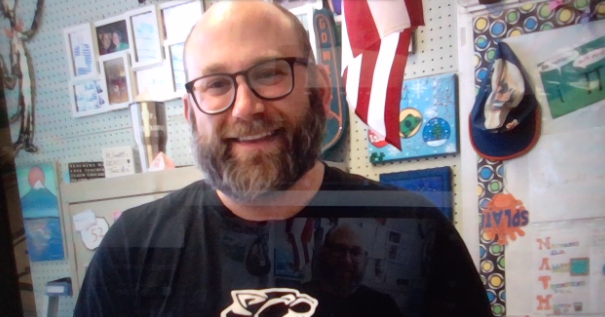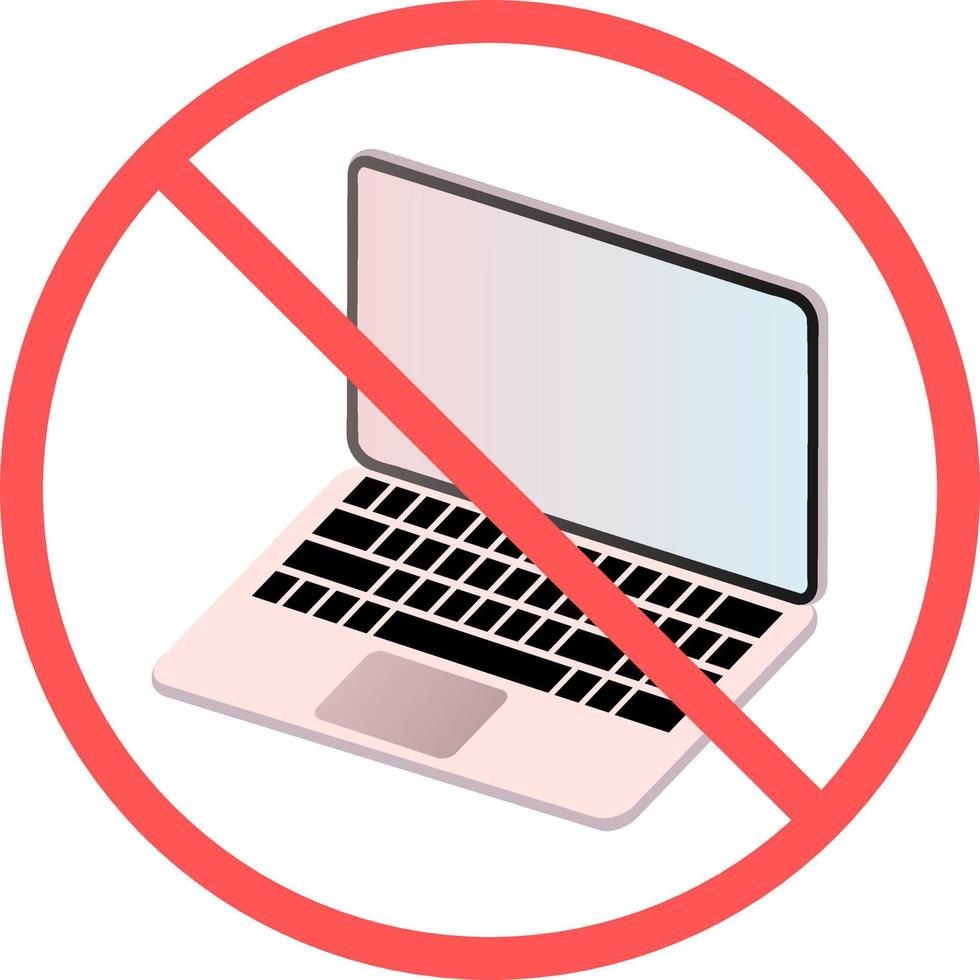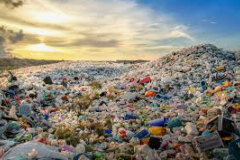Plastic Pollution
Introduction
Plastic is often seen as one of humankind’s greatest inventions. However, it could also turn out to be one of humanity’s deadliest mistakes. You might jokingly say, “That’s crazy,” but it’s not. Plastic can be compared to a bully that taunts the environment.
The History of Plastic
According to TED-Ed, plastic was invented when billiard ball manufacturers were searching for an alternative material to use for making billiard balls. Billiard balls were once made from ivory sourced from elephant tusks. However, excessive hunting in the 19th century led to a decline in the elephant population. Consequently, billiard ball manufacturers had to seek alternatives and offered large rewards. In 1863, an American named John Wesley Hyatt took on the challenge and created a new material called celluloid; however, Hyatt discovered that celluloid could not solve the billiard ball problem. Although this attempt was unsuccessful, Hyatt actually developed what we now know as plastic. Although celluloid was the first plastic produced, it was highly flammable. Consequently, inventors began to search for alternatives. In 1907, a chemist combined phenol (a waste product of coal tar) and formaldehyde, resulting in a durable new polymer called Bakelite. However, this was not the end. Soon, plastics would be widely used in wars, economic status, and more.
The Horror of Plastic
When plastic became one of the most widely produced materials, it began to cause significant harm to the environment. Animals started to suffocate after choking on plastic materials that they mistook for food. Unfortunately, it only gets worse. Plastic has infested our oceans, destroying coral reefs and killing marine life.
Plastic also pose a threat to humans. We depend on many of Earth’s plants and animals, and plastic pollution harms and kills numerous plant species. Humans rely on plants not only for vegetation but also for clean air and the production of various essential products. Furthermore, plastic can enter the bodies of the animals we consume, potentially making us very sick. If not disposed of properly, plastic can contain harmful chemicals that can lead to serious health issues. These issues may include loss of nutrition, internal pain, intestinal blockage, starvation, and even death.
What Can We Do?
Despite the extensive damage caused by plastic, we can still take action. Some steps we can take include using reusable bags, recycling plastic into better materials, and disposing of plastic properly.
Conclusion
Plastic has proven to be a remarkable product for humanity. However, its existence has brought about numerous problems. Fortunately, there are actions we can take to mitigate these issues. So, the next time you consider littering a plastic bottle, stop and ask yourself, “Is it worth destroying the planet?”



























